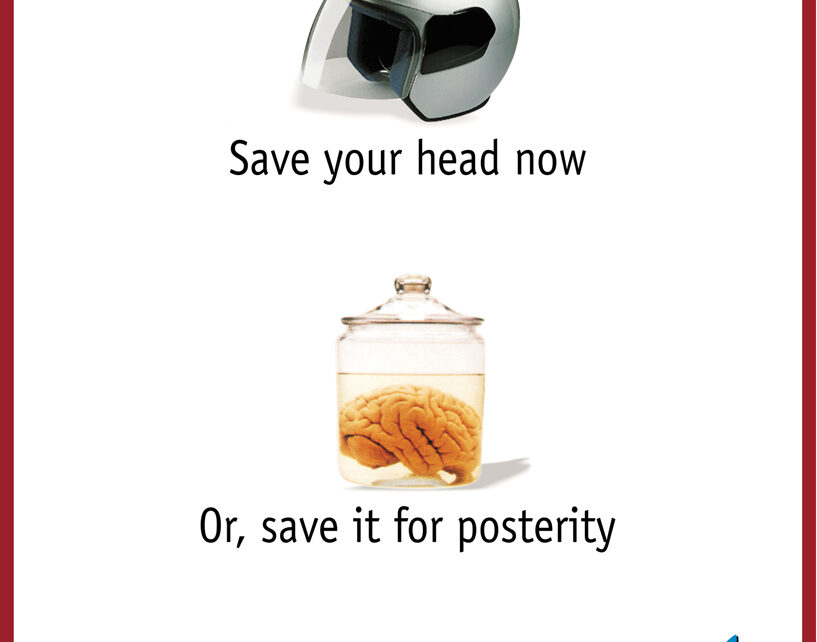NASSCOM Foundation invited me to speak on ‘Leveling Web 2.0 for social causes’ at their Connect IT forum at Bangalore today.
The other panelists in my session were Sachin Malhan, CEO, Inclusive Planet (who did a great job of moderating the session) and Anu Unnikrishnan, Marketing Consultant, for Jaago Re a popular campaign by Tata Global Beverages.
So what is the connection to internal communication?
To begin, with corporate social responsibility seen as an important engagement tool within organizations internal communication enables and connects communities. The key success factor for community service initiatives within organization is effective communication and this is where most programs fail miserably. Furthermore, as a few speakers voiced, there is an untapped reservoir of volunteers out there – those who like to be hands-on as well as those who prefer supporting remotely due to geographical and other constraints. During the earlier addresses I got to hear ‘internal communication’ articulated by speakers while discussing collaboration, knowledge sharing and building engagement for communities – excellent advocacy for this growing corporate communication function.
[youtube=http://www.youtube.com/watch?v=tYROKI4dWSQ]
Coming back to my address – I shared insights and lessons from wearing three hats – as the founder member of the road safety NGO (Friends for Life), managing internal and external social media assets in the corporate world and writing India’s first internal communication blog which I began in 2006.
From my experience of running the NGO I realized that funding isn’t priority to spread the word and build momentum. However social media, goodwill from word of mouth and an online presence can take a powerful message very far.
I began by sharing some benchmarks which I believe will be useful for non profits to audit their current standing.
- Non-profit organizations in the US post approximately 6 times per week on their Facebook pages
- Only 2.5% of fans take action (wall posts, comments, ‘likes’ etc) per week
- More tweets does translate into more followers and tweeting 4-5 times per day is best practice
- Linkedin is popular and used by 1 in 3 non profit organizations
According to the 3rd Annual Nonprofit Social Network Benchmark Report (I could only find US centric reports and didn’t come across any from India – maybe an opportunity here?) it is evident that social media usage is on the rise among non profits. Facebook, Twitter, Linkedin and YouTube are among the considered set of social media vehicles for these outfits. What stood out is the fact that most non profits currently have close to zero spend on social media and deploy their own internal resources (as low as ¼ of a headcount) to manage this medium. There is proof of the pudding when it comes to social media for non profits. As little as two hours per week on social media helped non profits maximize their reach, build a volunteer base or increase traffic to online resources.
Another report on social media decision making points to Twitter, blogs and Facebook as key channels to reach new supporters and demonstrates the growing importance of video sharing and blogging for engaging stakeholders.
However those successful at leveraging social media seems to be doing something different – the fact that only a fraction of over 1,80,000 non profits on Facebook Causes haven’t garnered even USD 1000 vis-à-vis an Oxfam America which got 100 times that amount in 5 days. I nail it down to three elements: appeal, approach and application. It isn’t only what you say but how you say it that matters. It isn’t good enough to put up content but to address the needs of your stakeholder. Lastly, consistency in social media translates into credibility and returns.
After working closely with social media assets in the corporate set-up internally there are lessons I have learnt on driving adoption and improving capabilities. Social media isn’t a silver bullet. Without people embracing it you don’t have a prayer. With the blurring of boundaries between internal and external communication consistency in how social media is used build trust and credibility. Treading a fine line between control and flexibility takes immense courage on the part of internal communicators and organizations. Trusting your employees with content and allowing them to take responsibility needs a mind-shift that non profits can learn from.
My social media sojourn with blogging matured over time as I learnt the nuances of the tool and how to interact better. I can only say that my writing improved due to the periodic feedback and constant encouragement I received from readers. Along the way I picked up tips on tagging, social bookmarking, measurement and a whole lot more. Therefore, I recommend that there is no better way than to begin with your goal in mind.
I never got around to share my 4 pronged approach for social media – the 4A strategy due to paucity of time. However for those interested, here are the presentation slides for reference.
Non profits need to revisit their agenda and think about what they like to achieve and then identify social media strategies to get there – never the other way around!
I liked the way Sachin succinctly put it – ‘we all want to catch that attractive red bus called social media which everyone is getting into but we don’t know where it is heading in the first place’.
Final word – I noticed real-time tweeting from the conference by a participant; a great sign that social media is being put to wonderful use!
Thanks to Sagarika Bose and Rumi Mallick Mitra from the programs team at NASSCOM Foundation a wonderful event and for extending the opportunity to share these insights.

Aniisu, insightful article as always! I completely agree about messaging and goal setting before choosing a medium. I think what most of us forget is that social media is just another communication mechanism and it is not enough to stand on the stage with a loudspeaker!
Thank you again for making the time to participate.